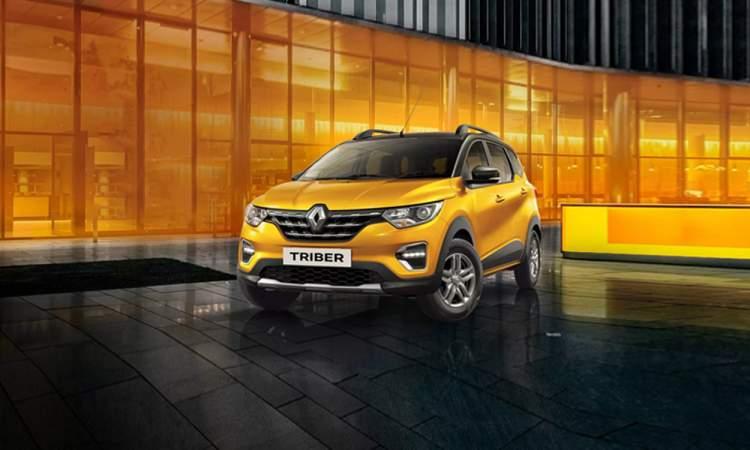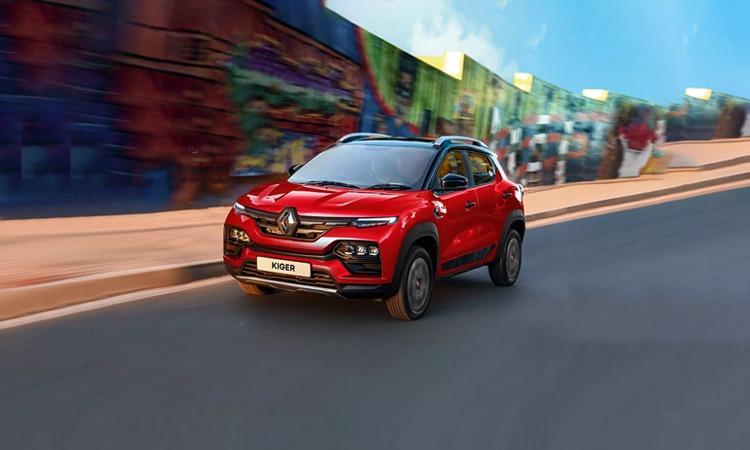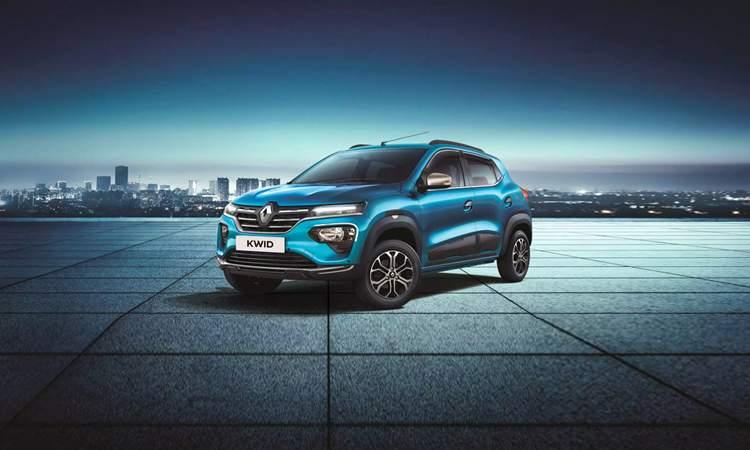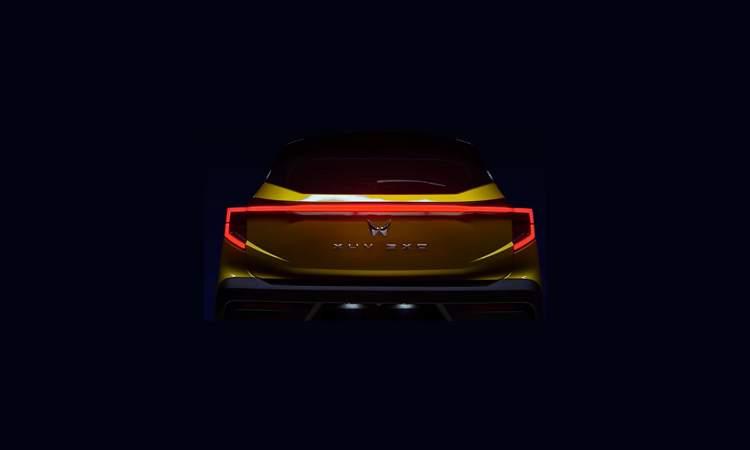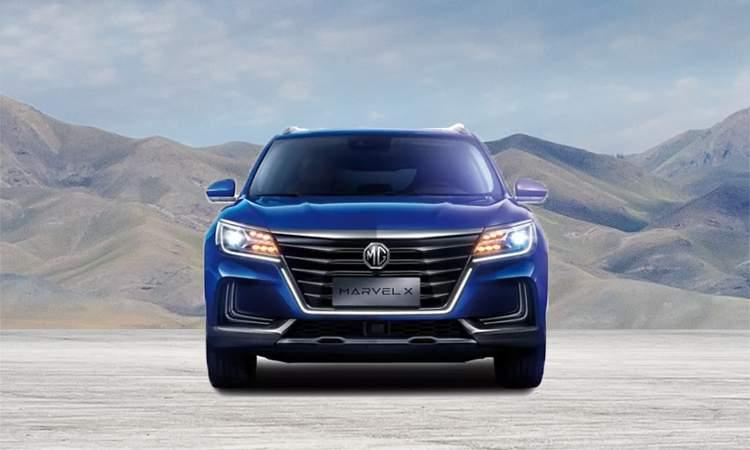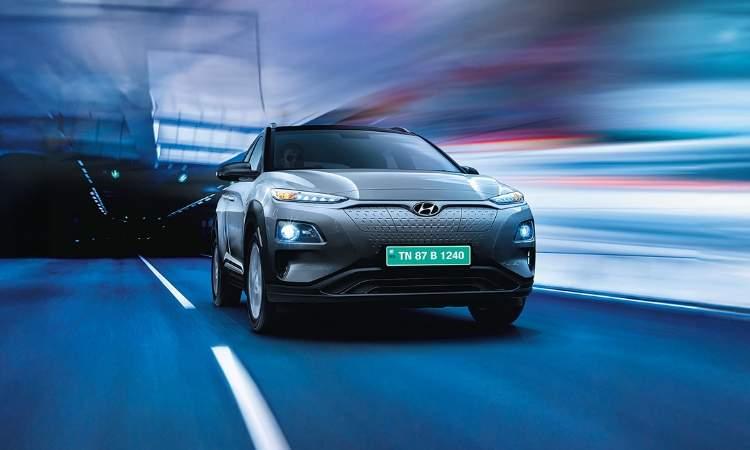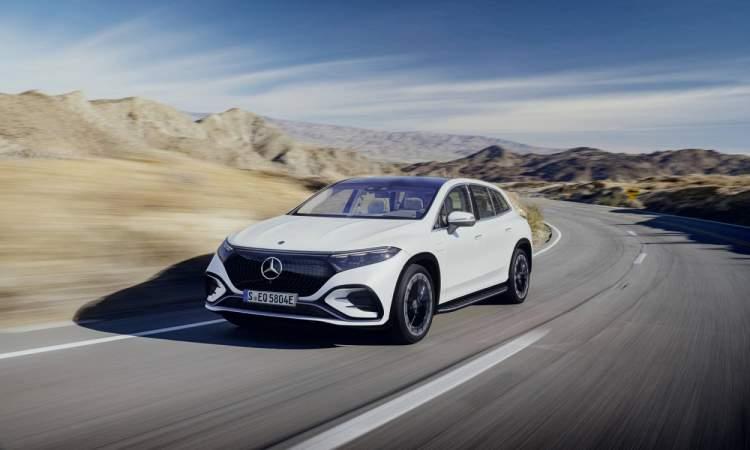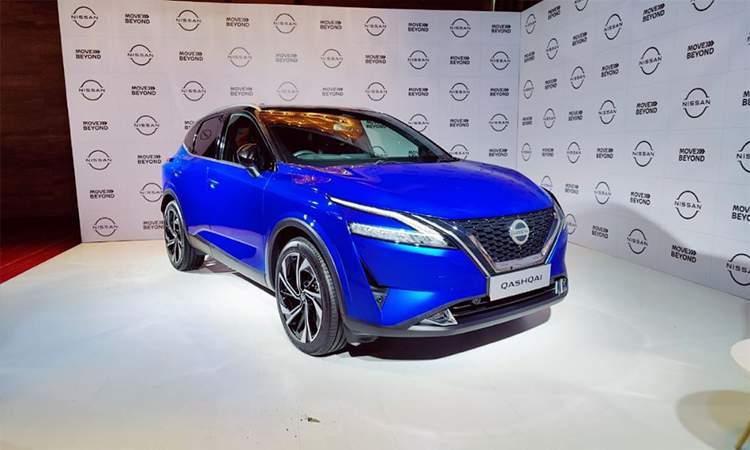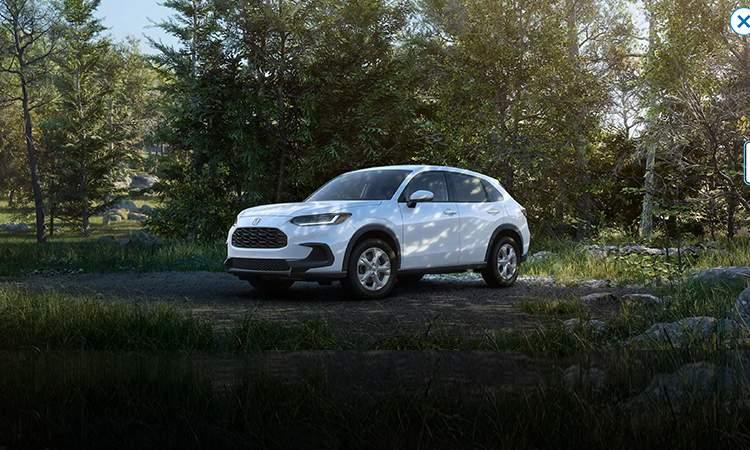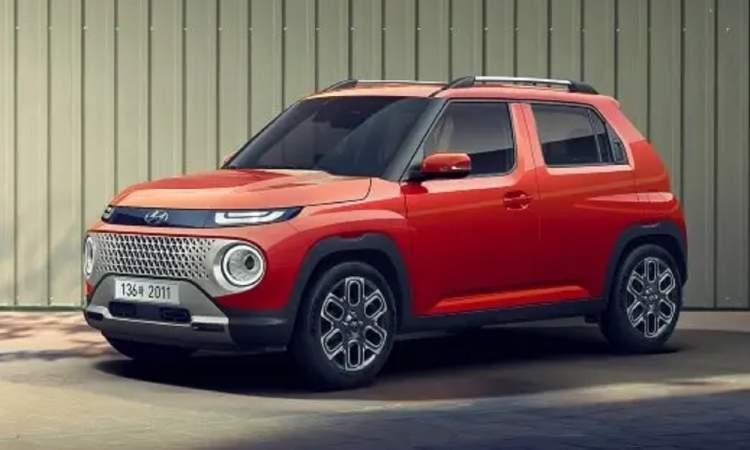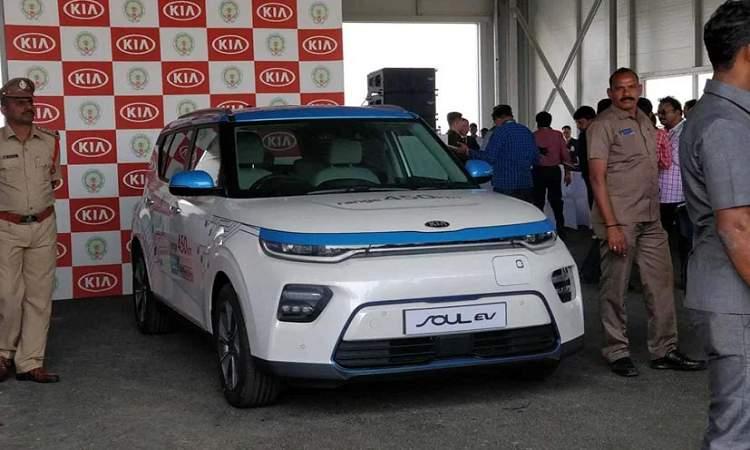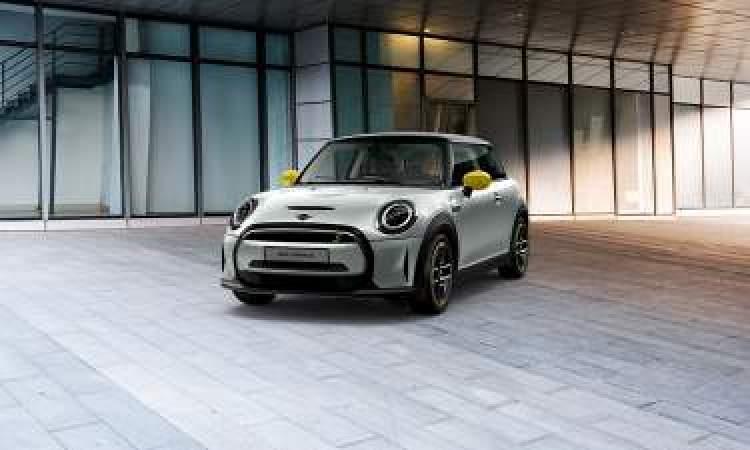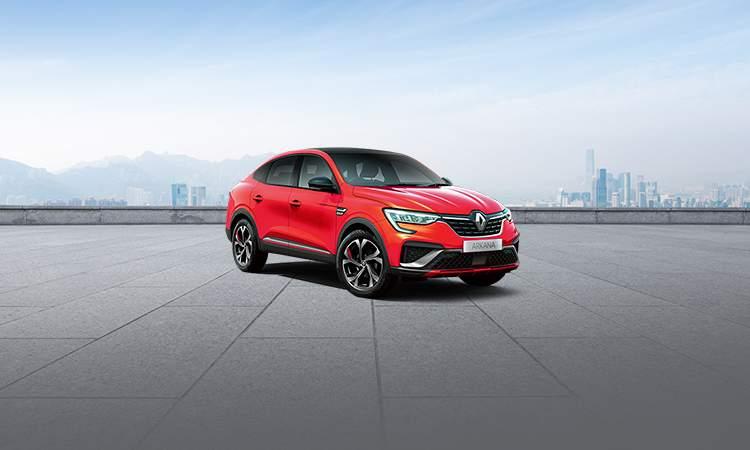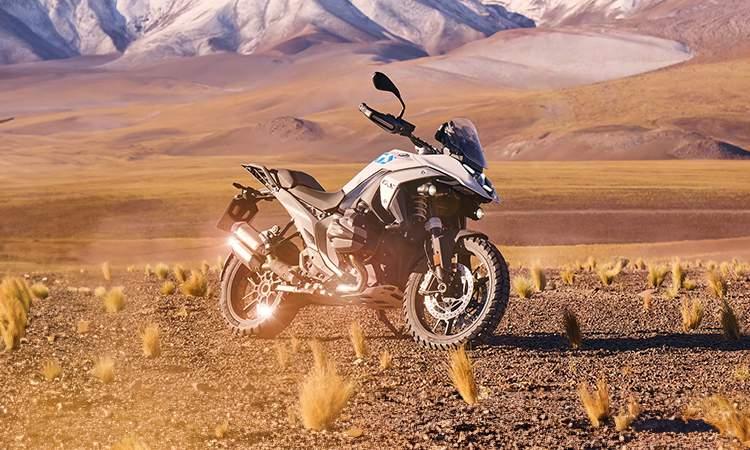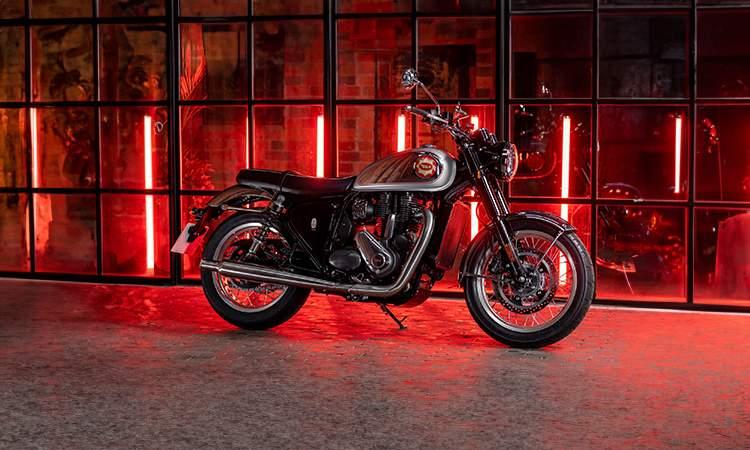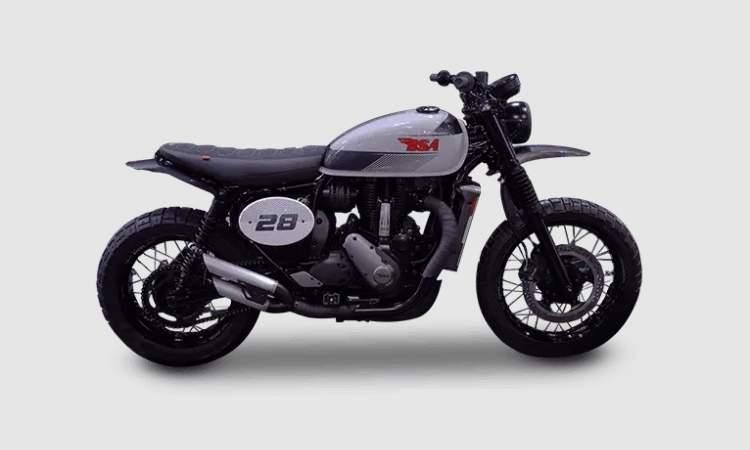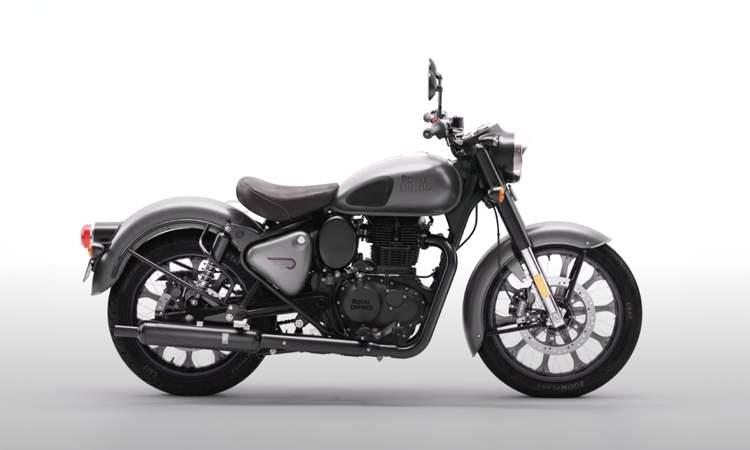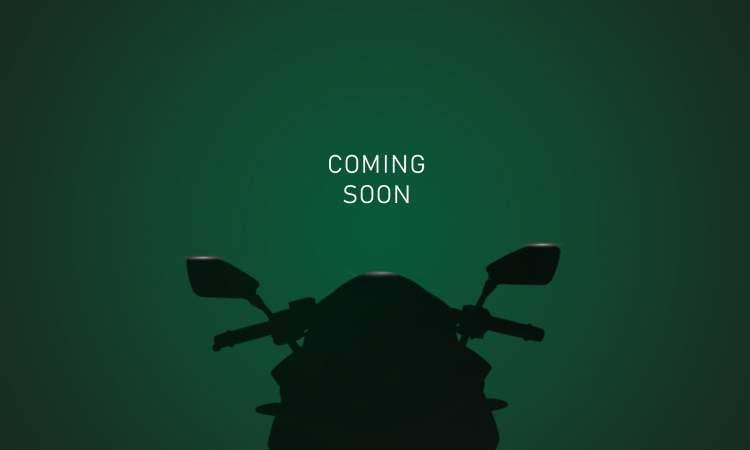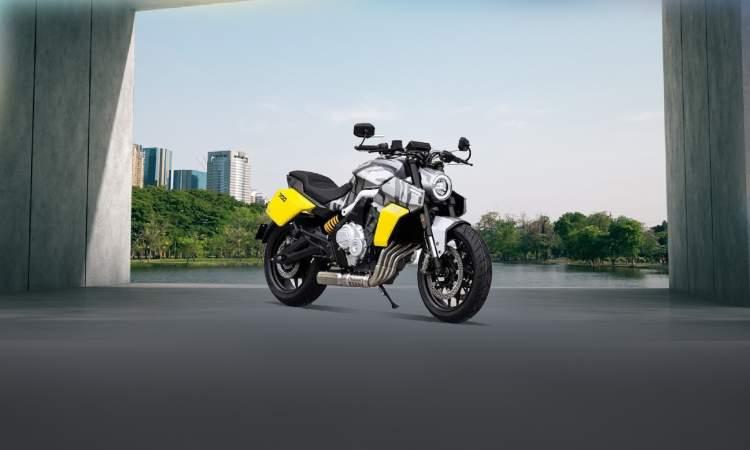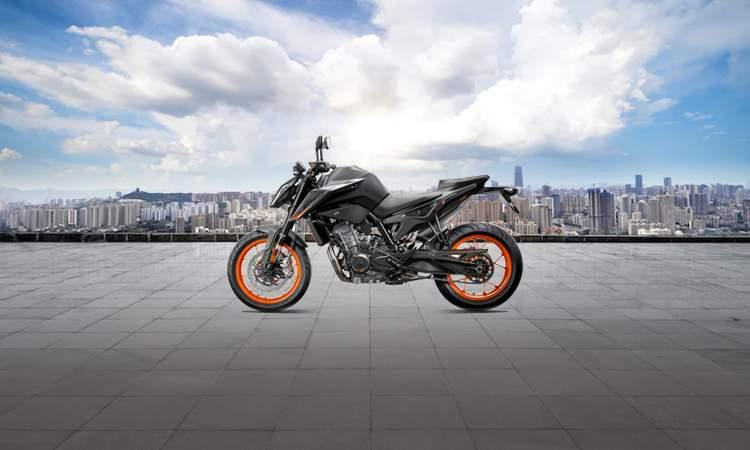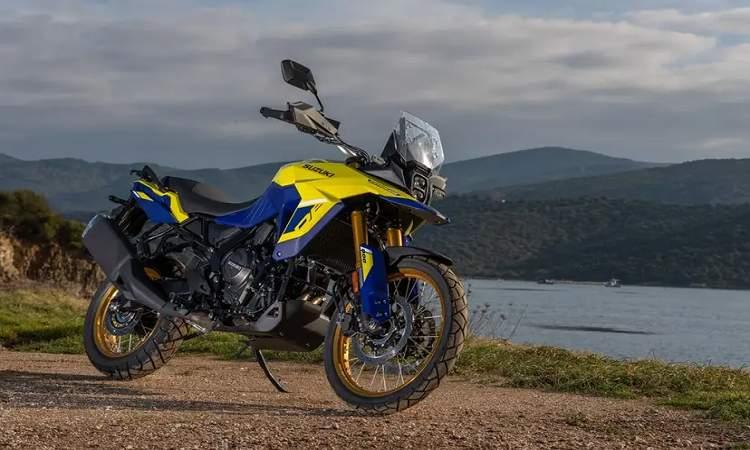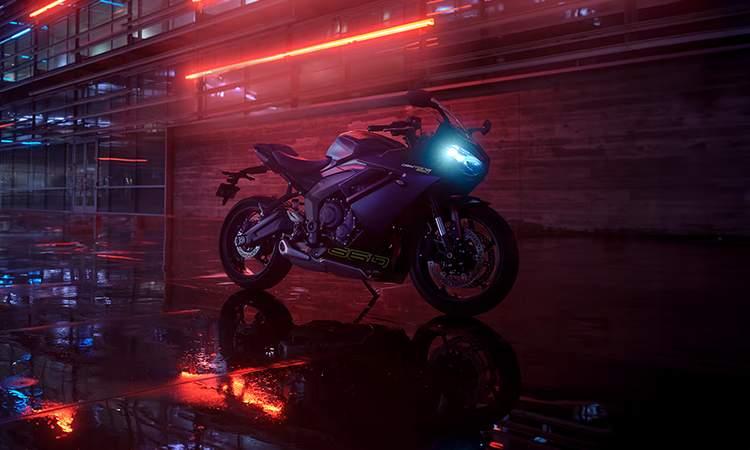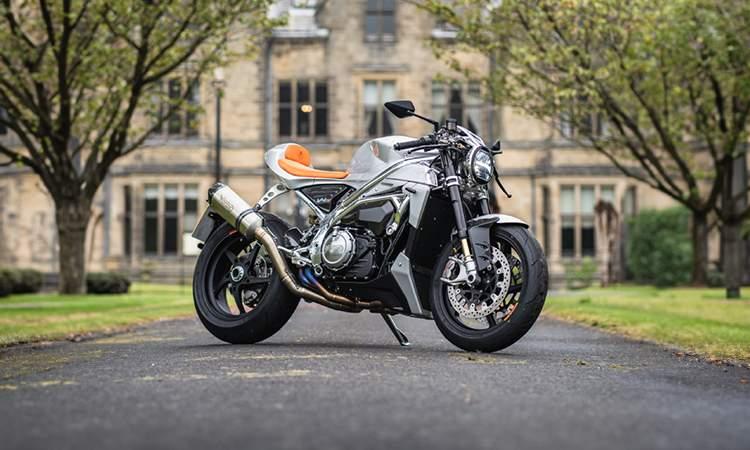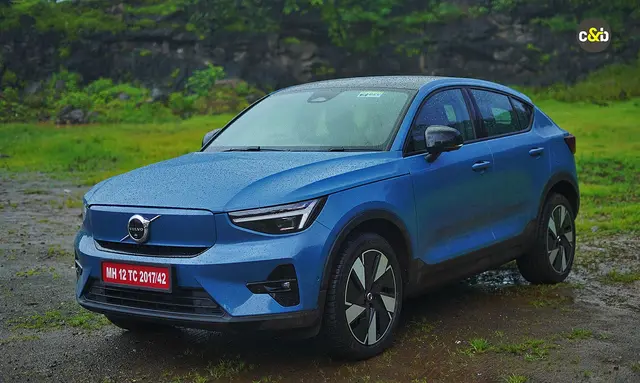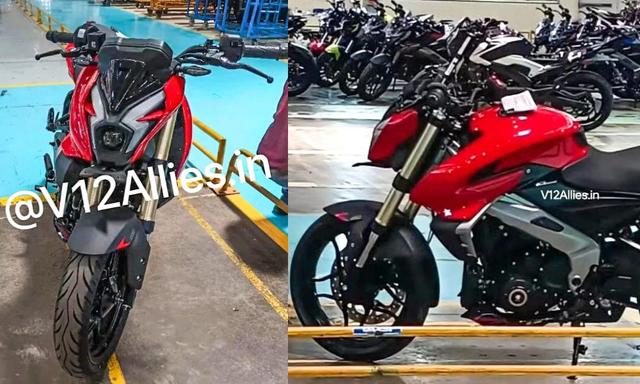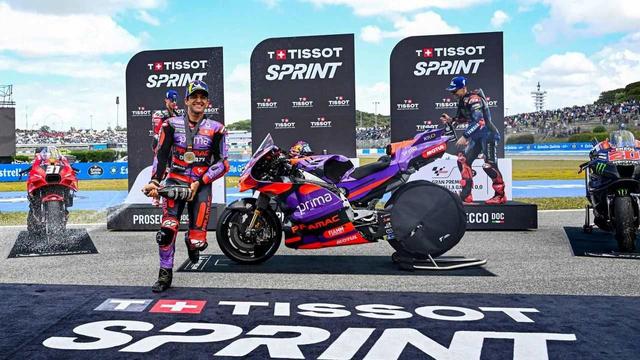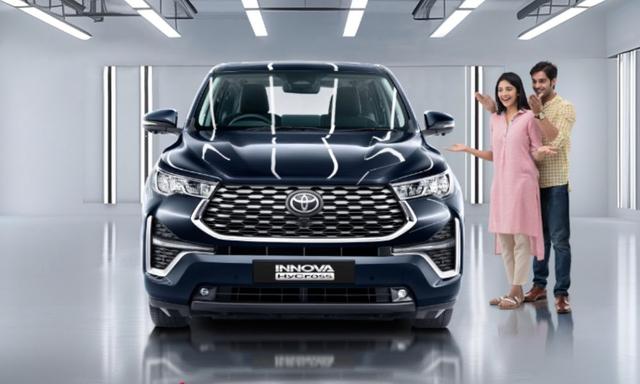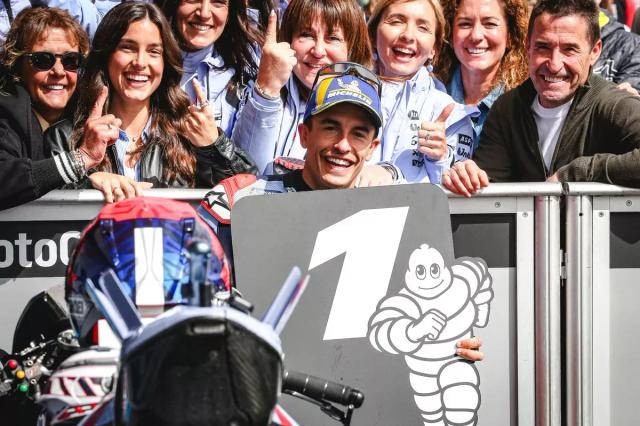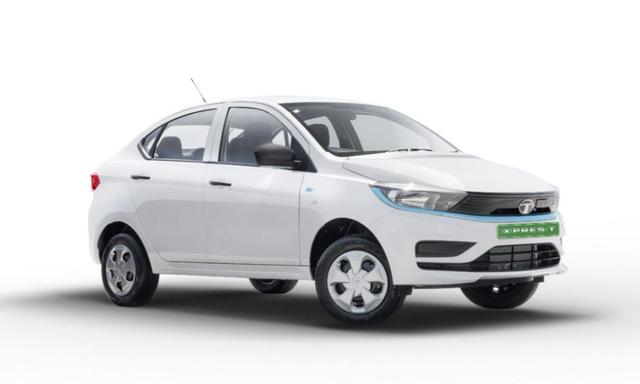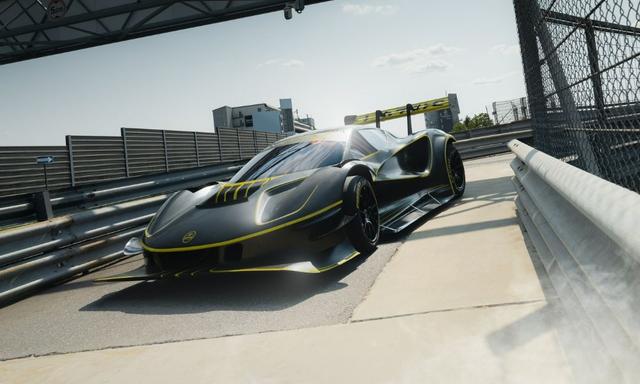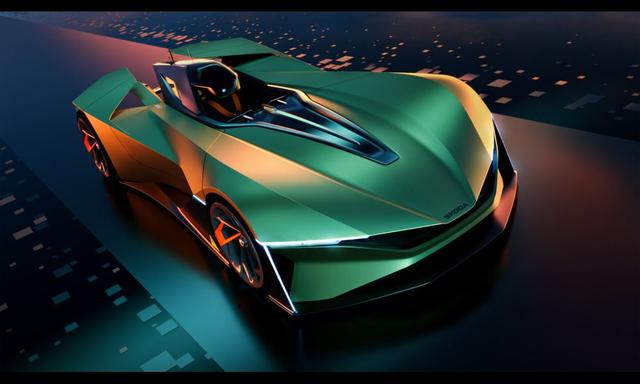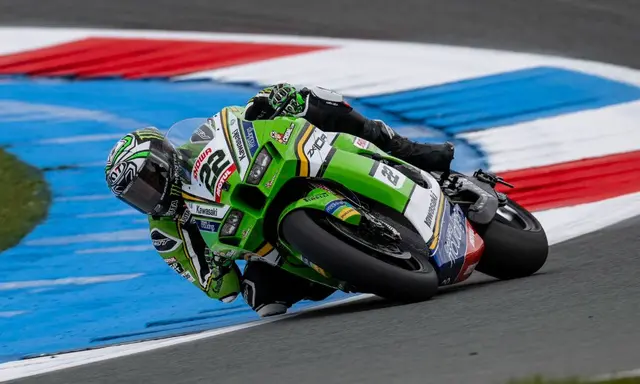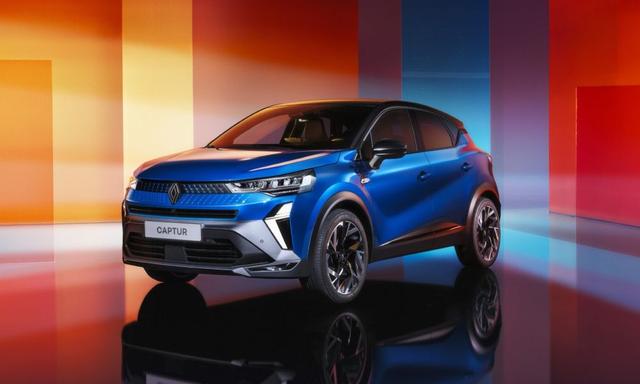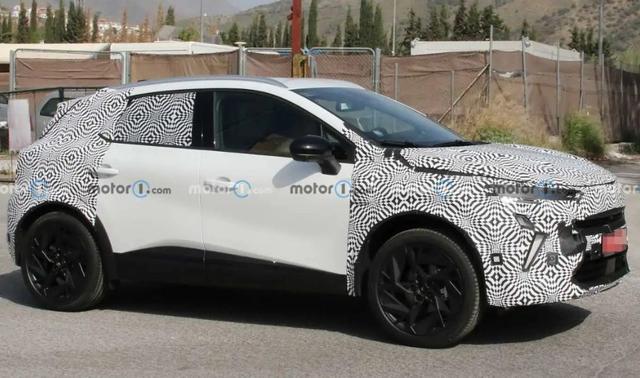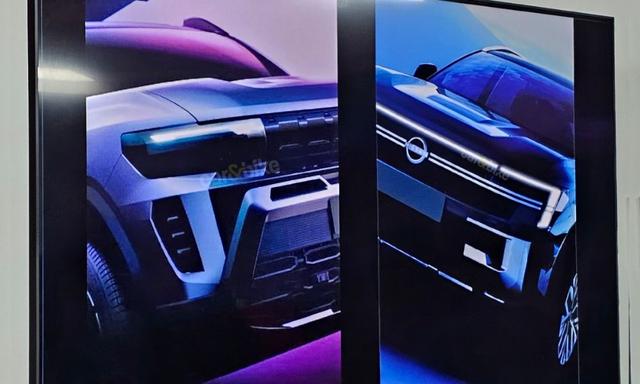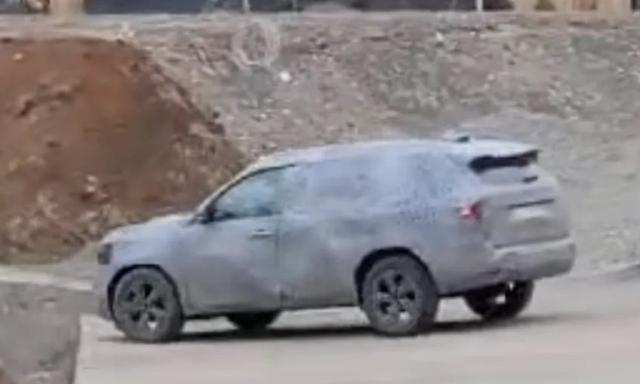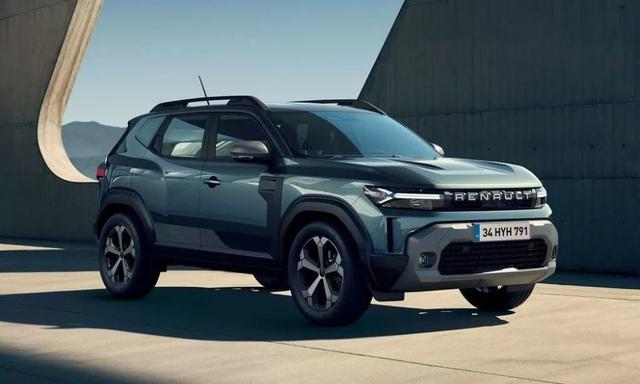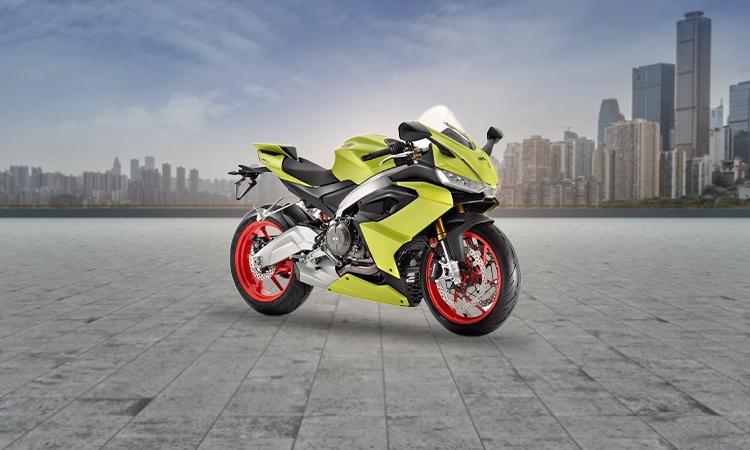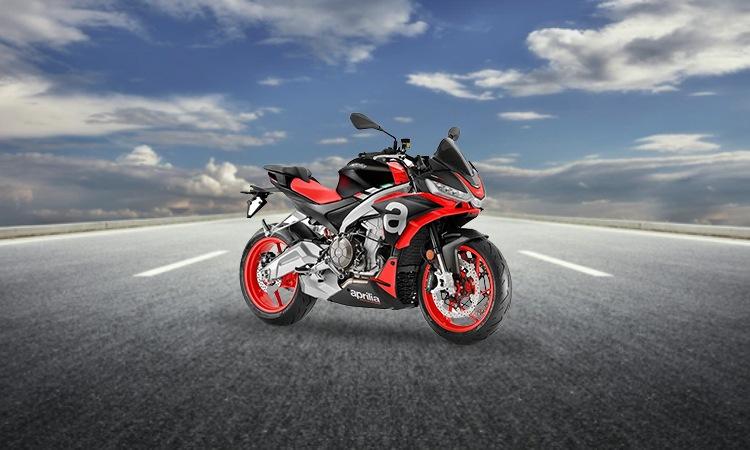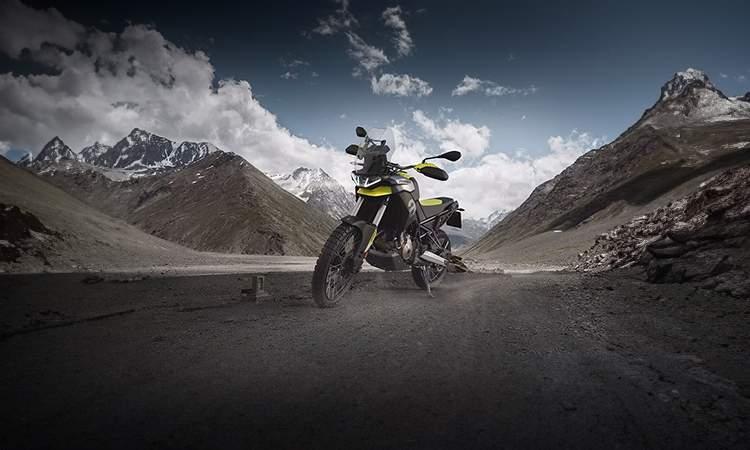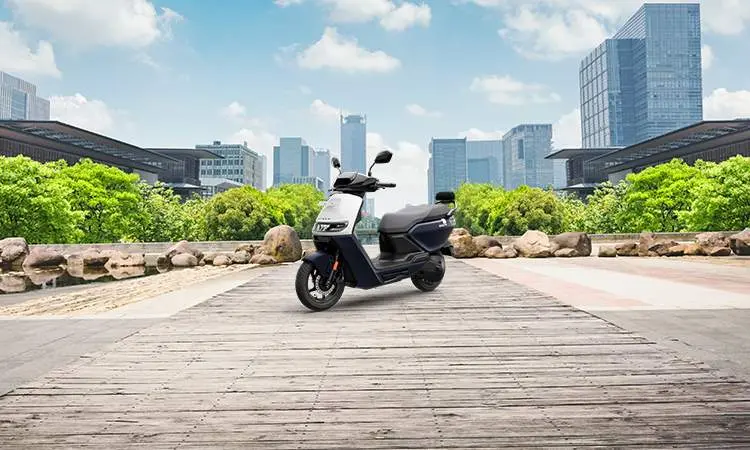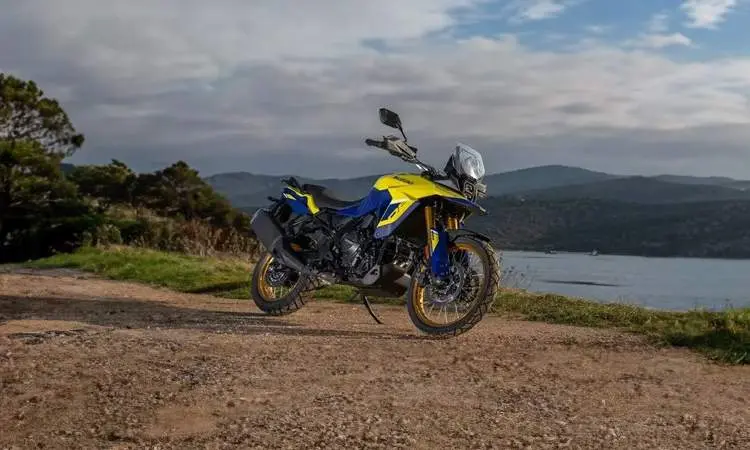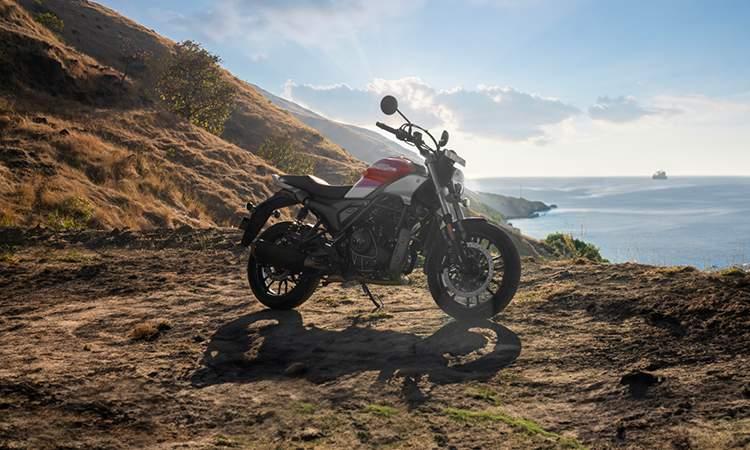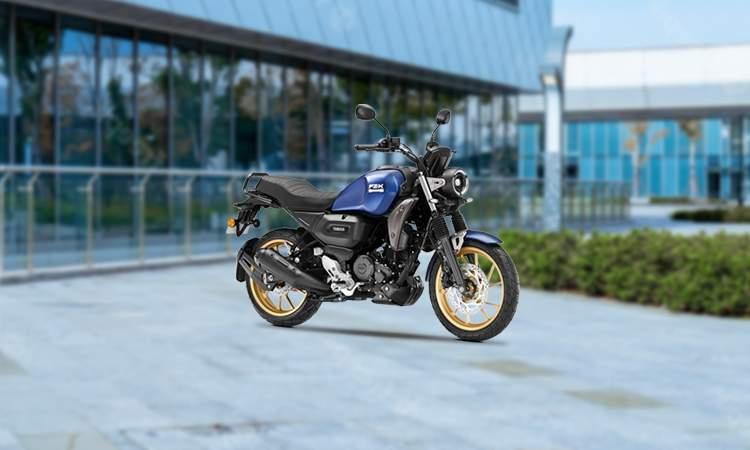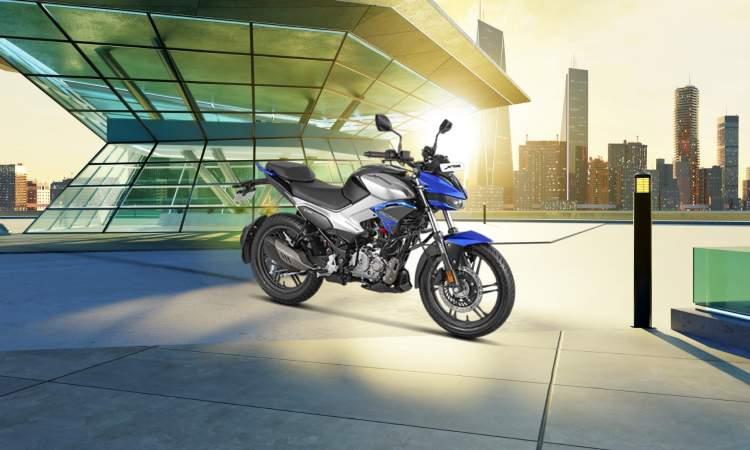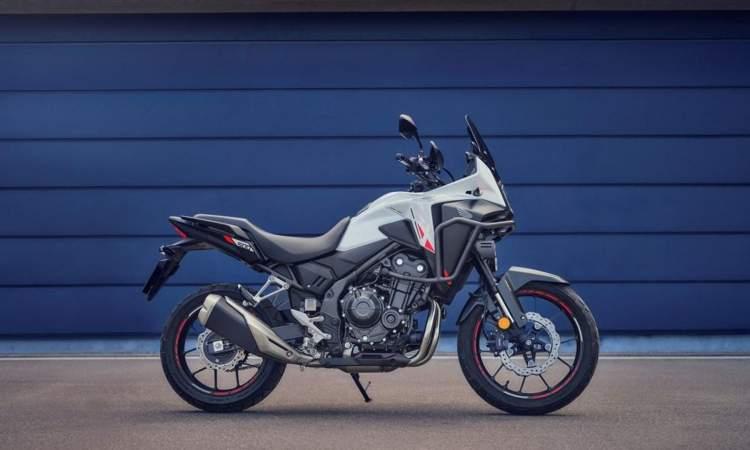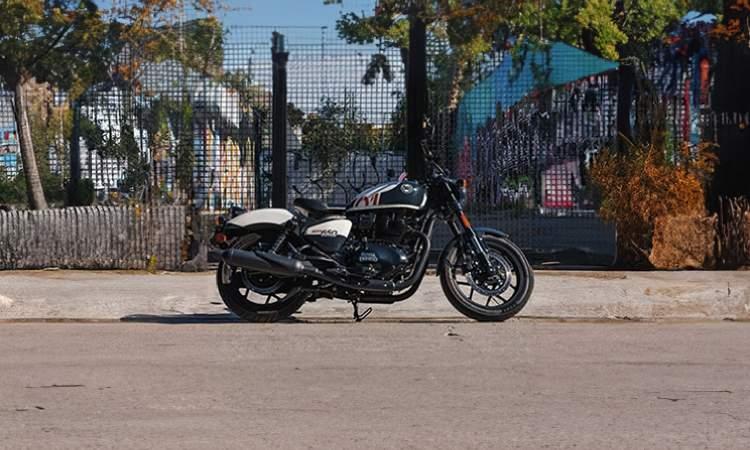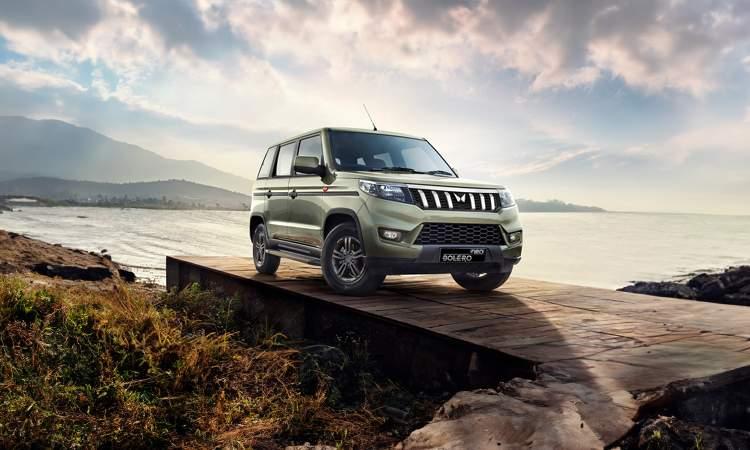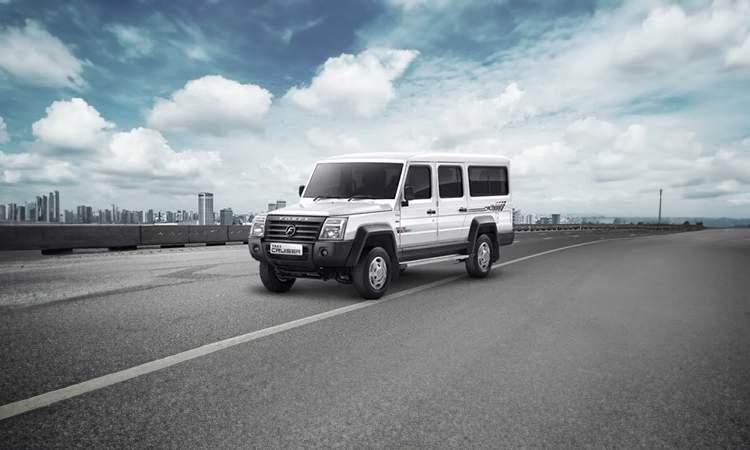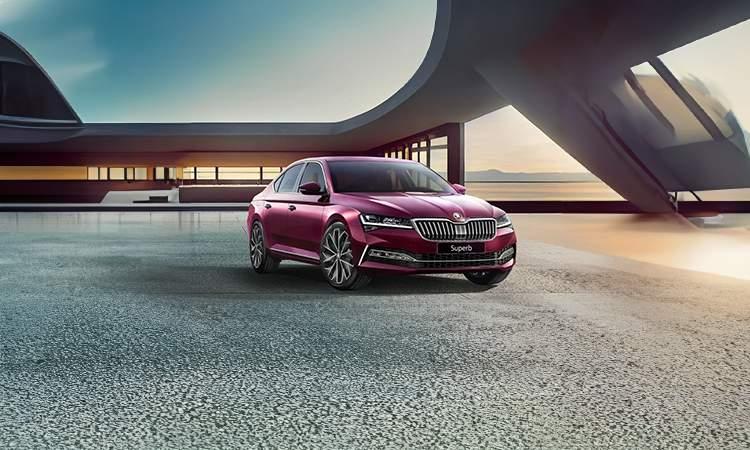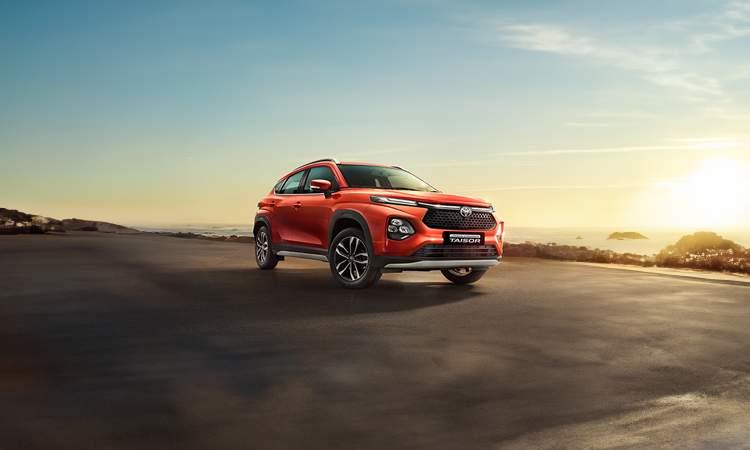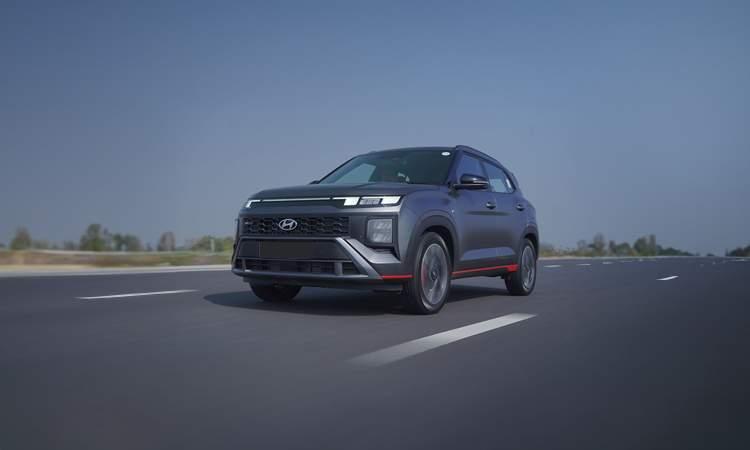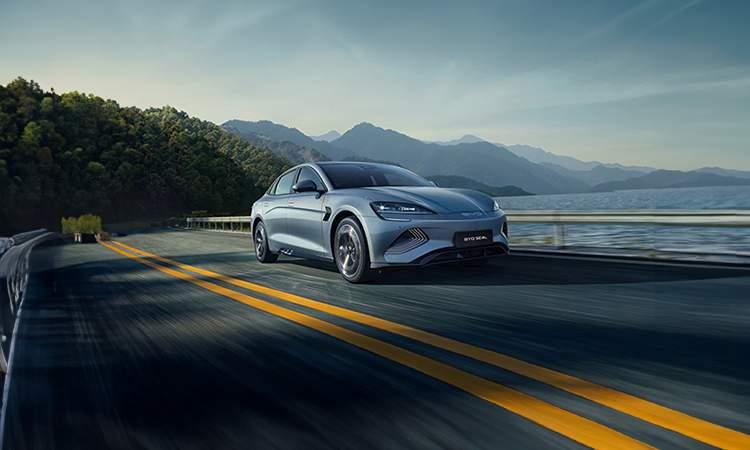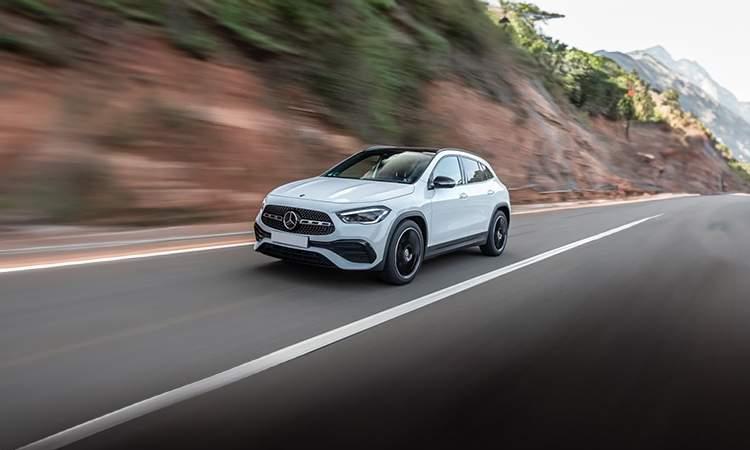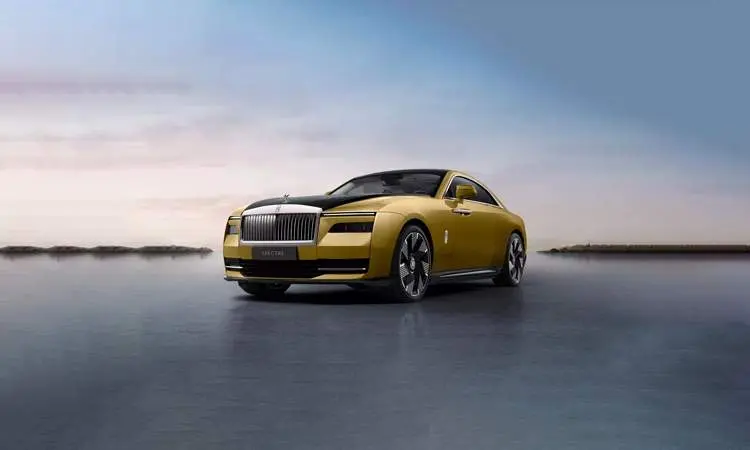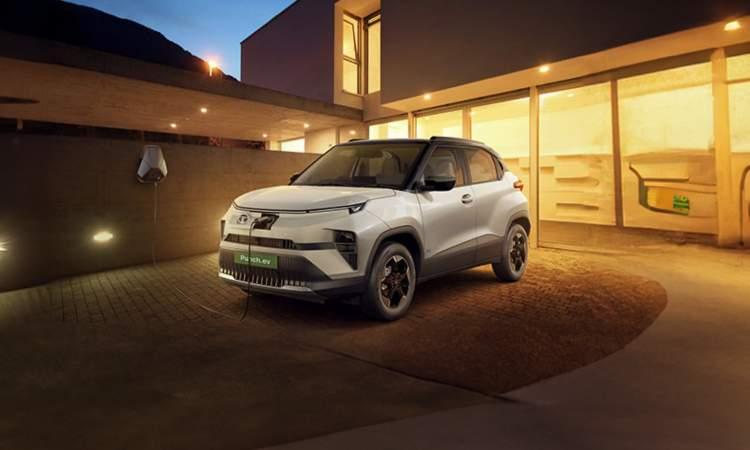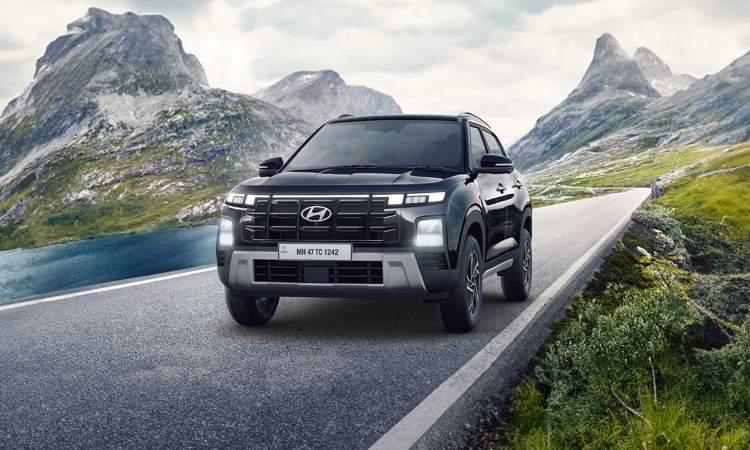Third-Gen Dacia (Renault) Duster Revealed; Gains Hybrid Powertrains
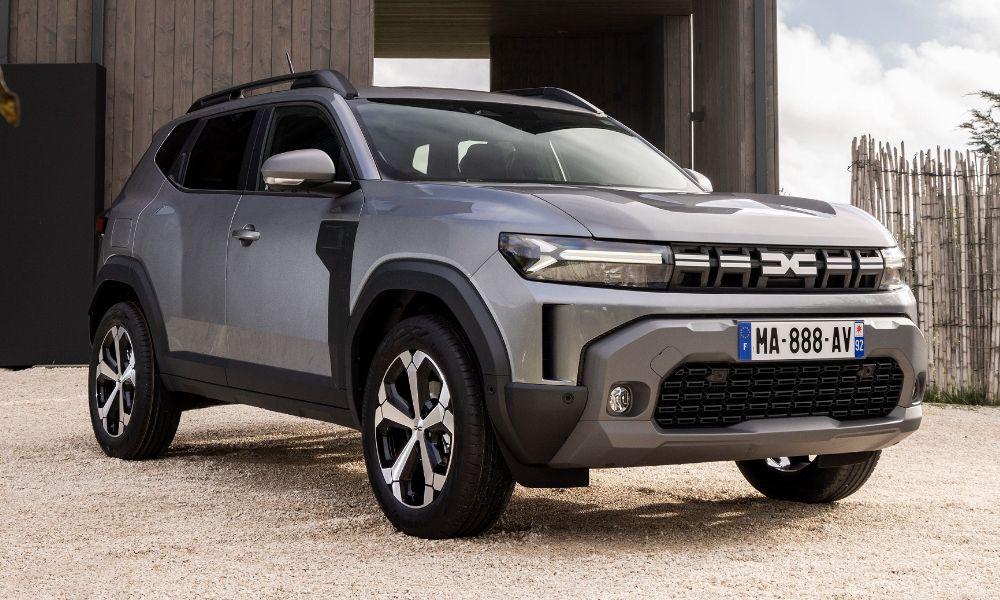
Highlights
- Third-gen Duster sits on the CMF-B platform
- Gets strong hybrid engine option for first time
- Will hit European markets in 2024
First showcased as the Dacia Bigster concept back in early 2021, the third-gen Dacia (Renault) Duster has made its global debut ahead of sales commencing in 2024. Unlike its predecessors, the new Duster now sits on Renault’s CMF-B platform and drops the option of a diesel engine for European markets though now getting the option for a petrol-electric hybrid powertrain among others.
Also read: All-New Renault Duster Images Leaked; Global Debut On November 29

Third-gen Duster's design is near identical to the Dacia Bigster concept from 2021.
Starting with the design, the overall look seems to have changed little from the 2021 concept. Up front, the LED DRL patterning, grille design and even the bumper are very similar to the concept with a closer look showcasing minor changes to the detail. Down the sides, the squared-out fenders and prominent haunches are also shared with the concept as is the plastic detailing on the front doors. The rear too isn’t much different from the Bigster concept replete with the Y-shaped tail-lights, chunky bumper and roof-mounted spoiler.
Also Read: Next-Gen Renault Duster Design Sketches Leaked Online Ahead Of Debut

New third-gen SUV now sits on the CMF-B platform and benefits from hybrid technology
The cabin too features Y-shaped design elements, particularly in the design of the air-con vents. Sitting atop the centre console is a 10.1-inch touchscreen with the air-con vents and controls below. The entire upper section of the centre console is angled towards the driver with the lower section featuring cubby holes and charging ports – both USB and 12V outlets. The new Duster also gets a digital instrument cluster (7.0-inch) along with a mobile phone holder attached to the dashboard between the steering and the central touchscreen. As with its predecessors, the SUV again features its name scrawled across the passenger side of the dashboard.
Also Read: Renault Duster Production Ends In India

Cabin features a pair of digital displays with the centre console angled towards the driver.
Dacia claims that the new CMF-B platform has enabled it to make the SUV more spacious with greater cabin width and 30 mm more legroom at the rear. Boot space too is greater at 472 litres.
Also read: New Renault Twingo Concept Previews An All-Electric Retro Hatchback Due In 2026
Coming to the powertrain, the CMF-B platform has enabled Renault to offer buyers the option of a hybrid powertrain in the Duster for the first time. The Hybrid 140 powertrain pairs a 1.6-litre, four-cylinder petrol engine with a pair of electric motors and a 1.2 kWh battery pack to enable the SUV to be driven on electric power alone for limited stretches. The petrol mill develops 93 bhp while the main electric motor develops 48 bhp. The second motor functions as the starter generator. The powertrain is paired with an ‘electric automatic gearbox’ which the firm says packs in four ratios for the petrol mill and 2 additional ratios for the electric motor and features clutchless operation. The SUV also features regenerative braking.

As before buyers get the option for all-wheel drive though there is no diesel option for European markets.
Dacia claims that the system has been programmed to always start on electric power before switching to the engine once the battery is discharged.
Also Read: Renault Announces 8 New Global Models; 3 Are Likely To Come To India
Next up is a TCe 130 turbocharged 1.2-litre three-cylinder petrol mill that comes with a 48V mild-hybrid system that can be had in two- and all-wheel drive. The SUV is also available with a TCe 100 Bi-Fuel powertrain letting users choose between LPG or petrol as the fuel source – both stored in 50-litre tanks. Dacia claims that the Bi-Fuel Duster has a range of up to 1,300 km when both tanks are full.

The third-gen Duster is the first to get strong hybrid tech.
The all-wheel drive variants sit higher off the ground than the 4x2 models and has a 31-degree approach and 36-degree departure angles. It also comes with selectable drive modes including auto, eco, snow, mud and off-road. The SUV also gets a new hill descent control function that uses the car’s brakes to keep speeds under control. The function works at speeds of up to 30 kmph.
The Duster also benefits from new Advanced Driver Assistance Systems (ADAS) including autonomous emergency braking with car, pedestrian and bicycle detection, lane keep assist, lane departure warning, traffic sign recognition and driver attention alerts.
The new Duster will go on sale in European markets in 2024 with the model likely to make its way to India as well. Unlike the European market where it will be retailed under the Dacia brand, the SUV in India will be sold under the Renault brand – Dacia’s parent company. The Duster in India was discontinued in 2022 though unlike global markets it was just the first-gen SUV that was sold in India. The second-gen SUV never made it to the Indian market.
Great Deals on Used Cars
View All Used Cars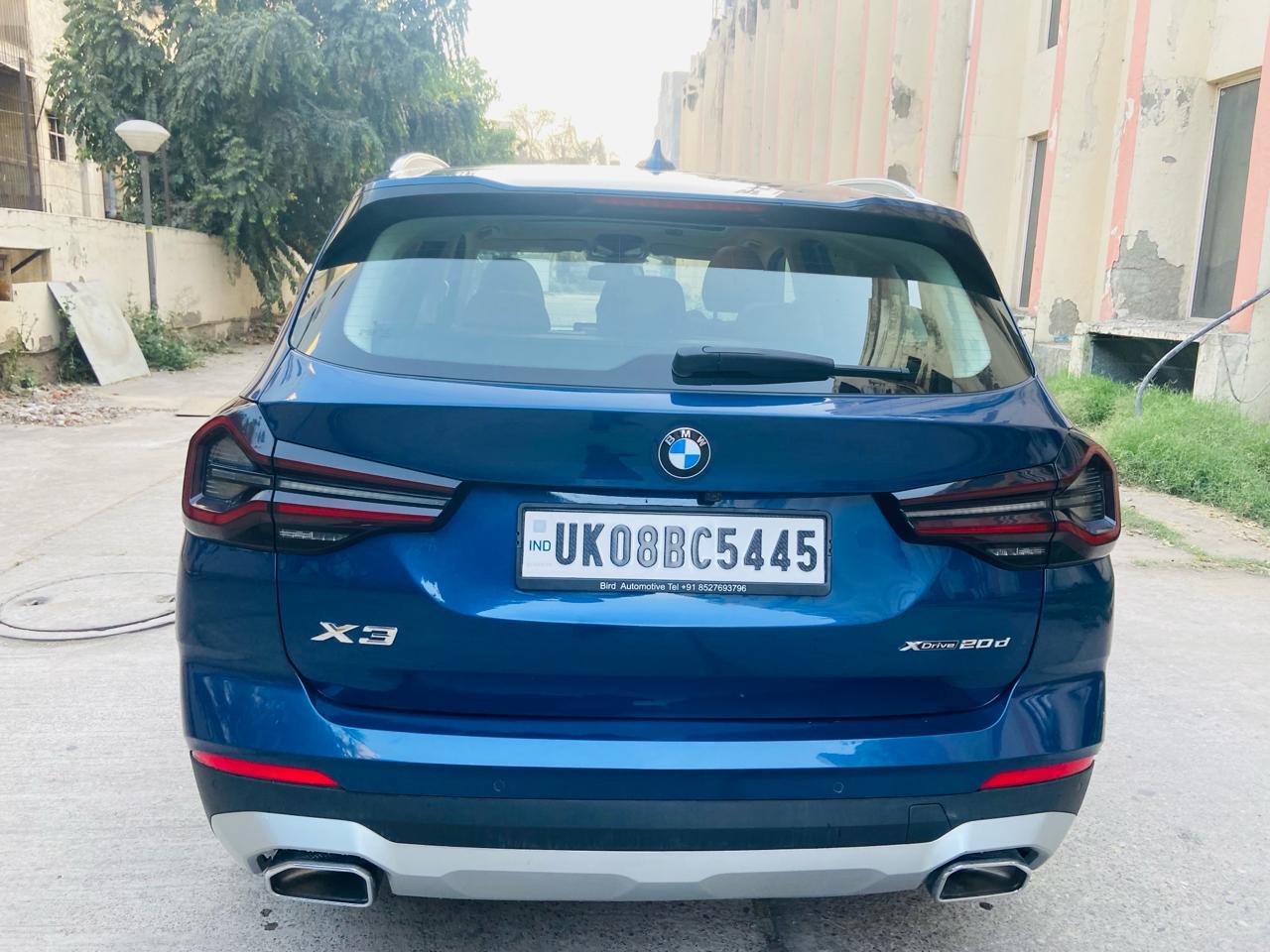
- 19,000 km
- Diesel
- Automatic
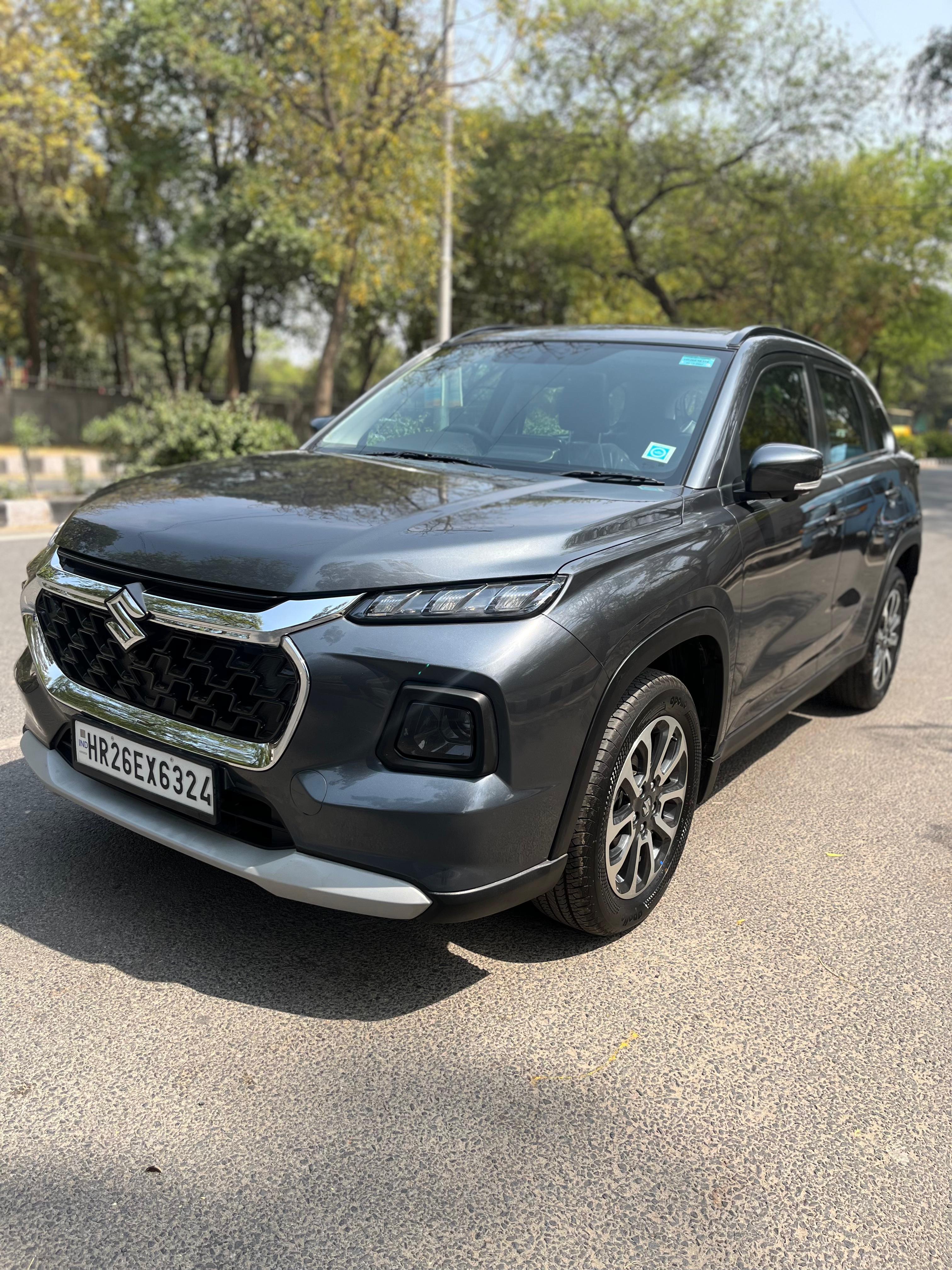
- 9,661 km
- Hybrid
- Automatic
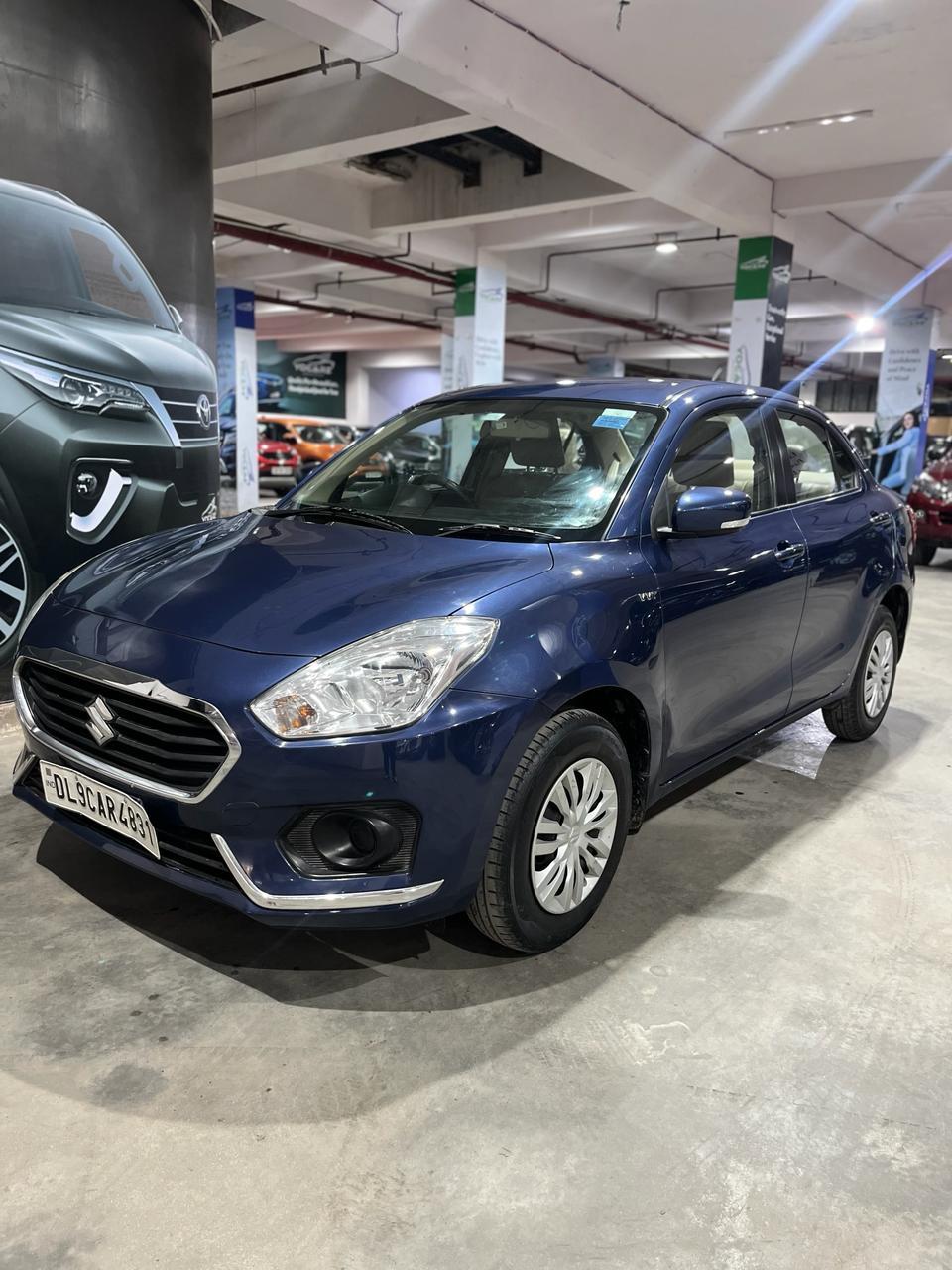
- 25,000 km
- Petrol
- Manual
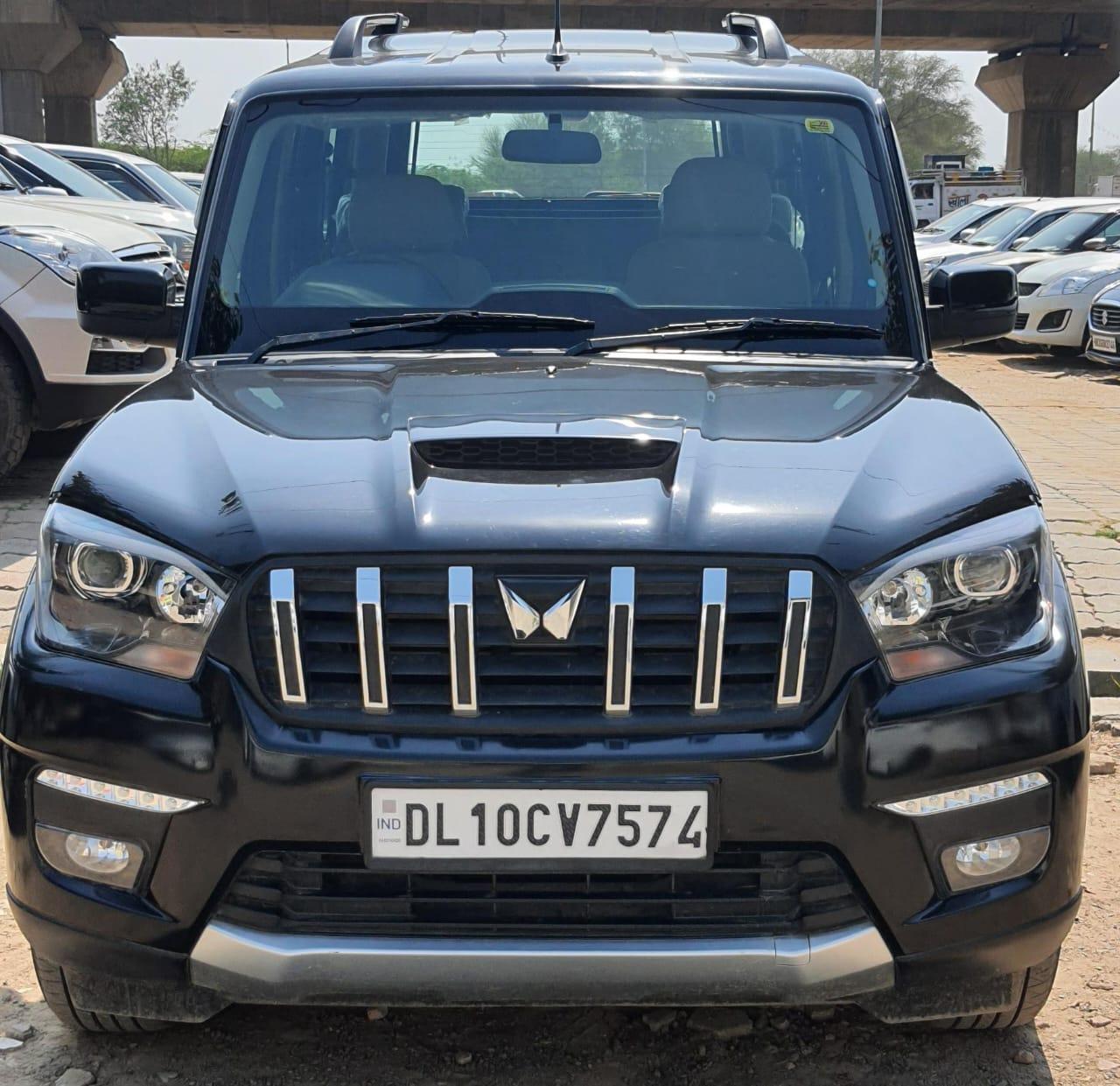
- 11,570 km
- Diesel
- Manual
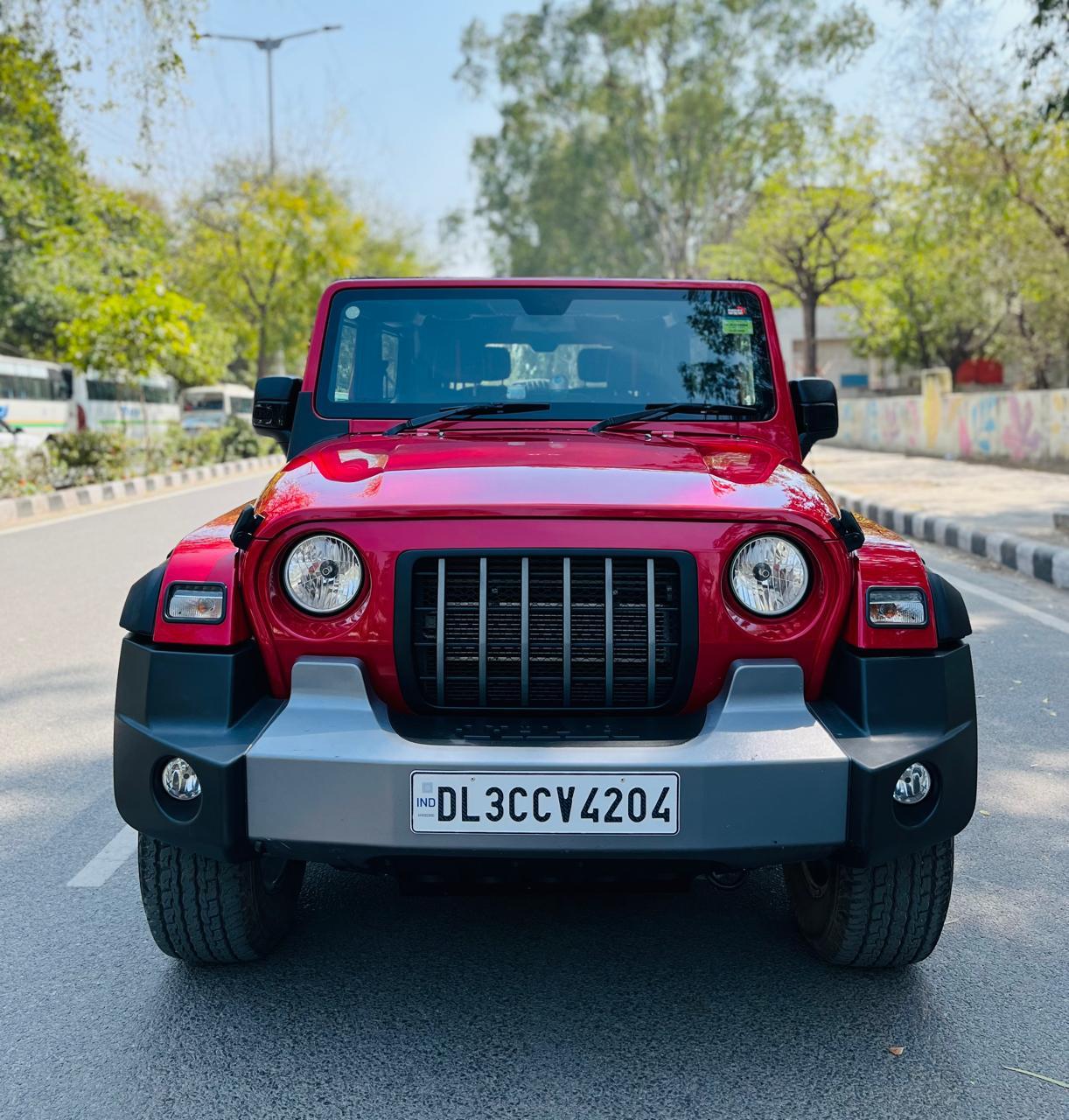
- 13,915 km
- Diesel
- Automatic
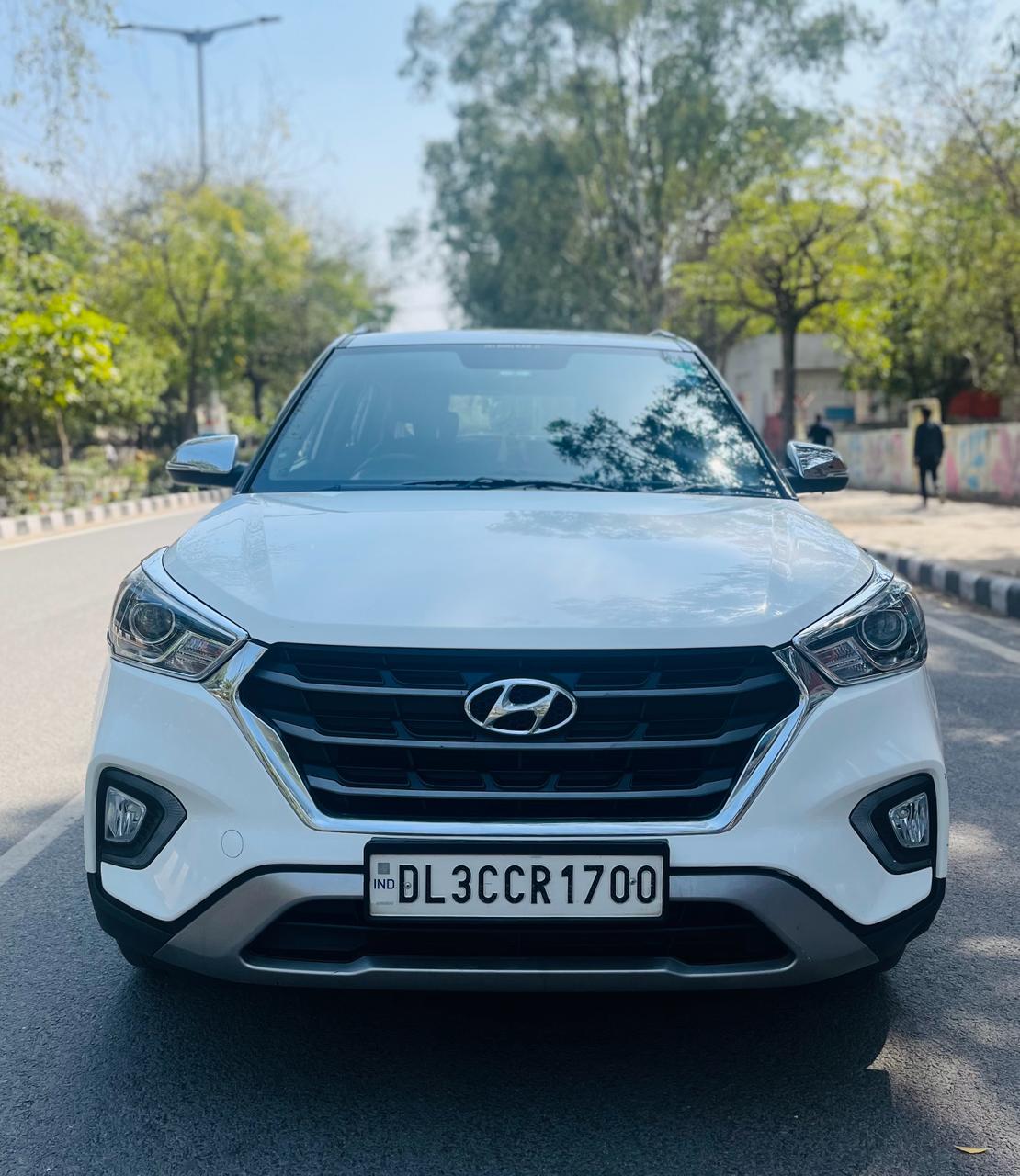
- 18,809 km
- Petrol
- Automatic
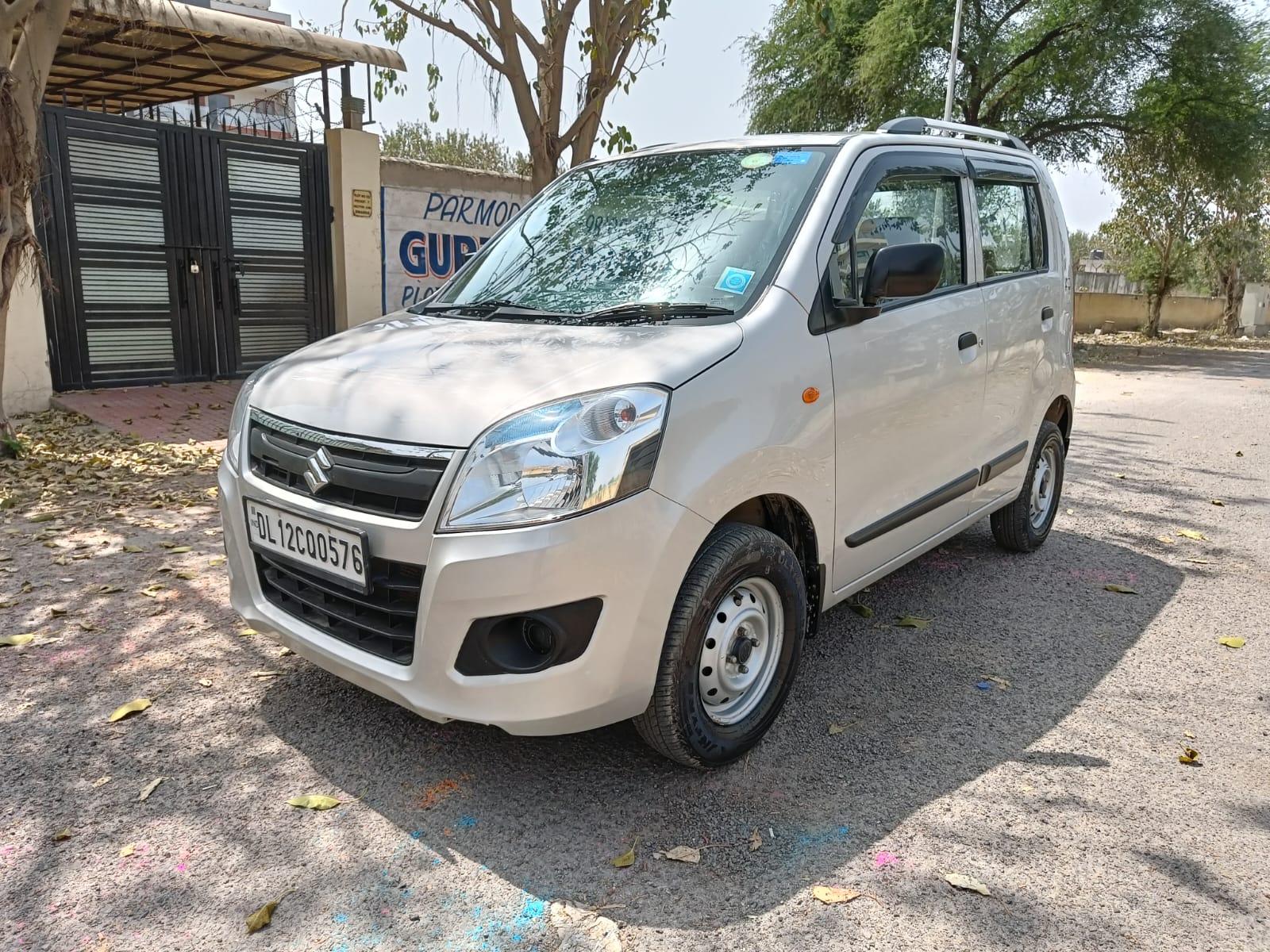
- 55,000 km
- Petrol+CNG
- Manual
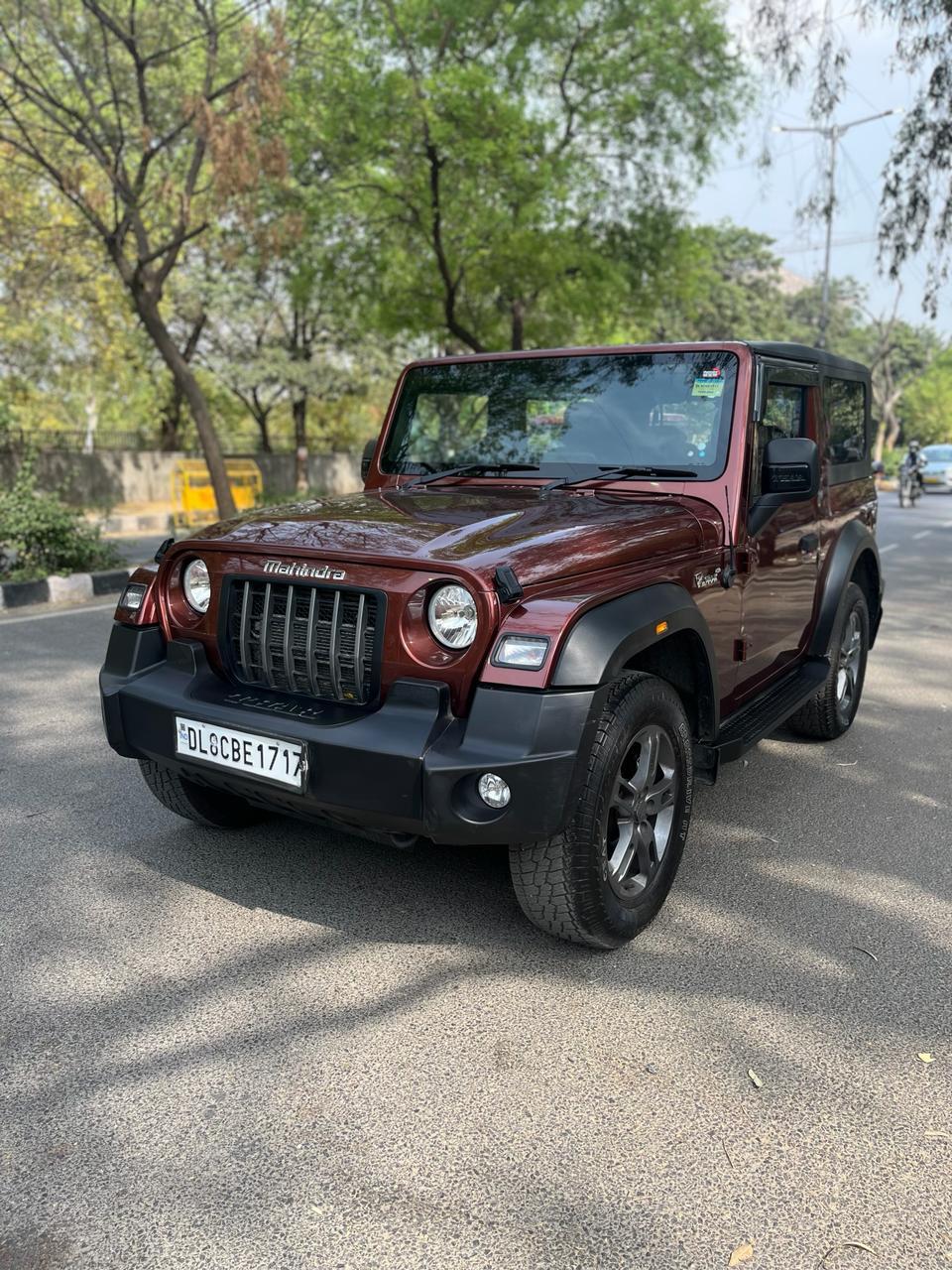
- 6,862 km
- Diesel
- Automatic
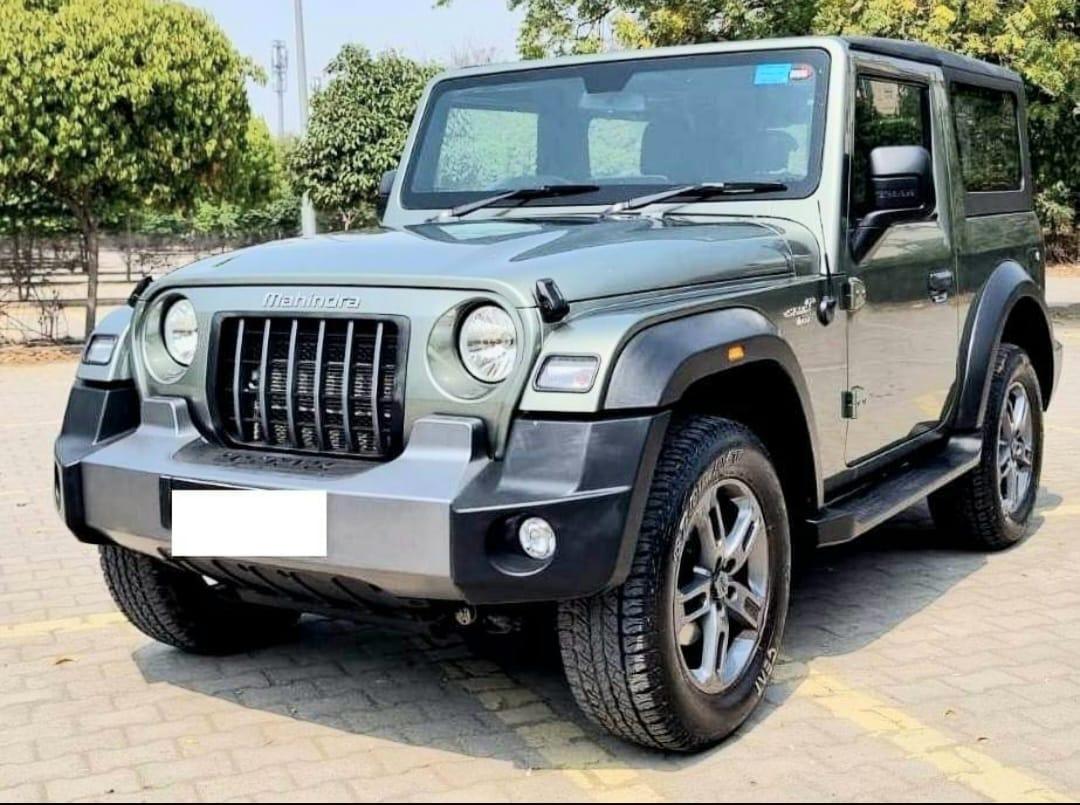
- 7,000 km
- Petrol
- Automatic
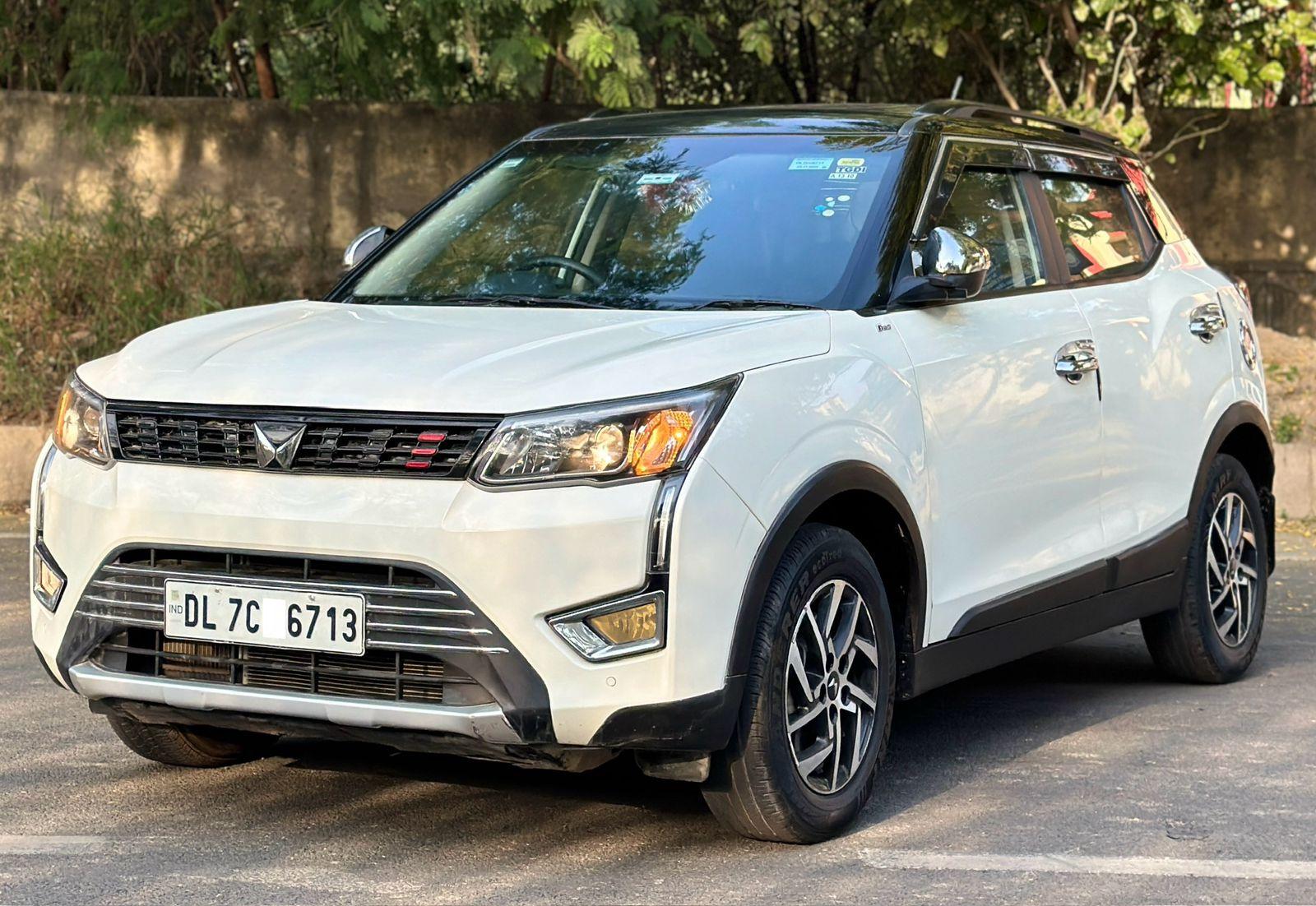
- 27,200 km
- Petrol
- Manual
Upcoming Cars
Upcoming Bikes
Explore More
Latest News
Related Articles

